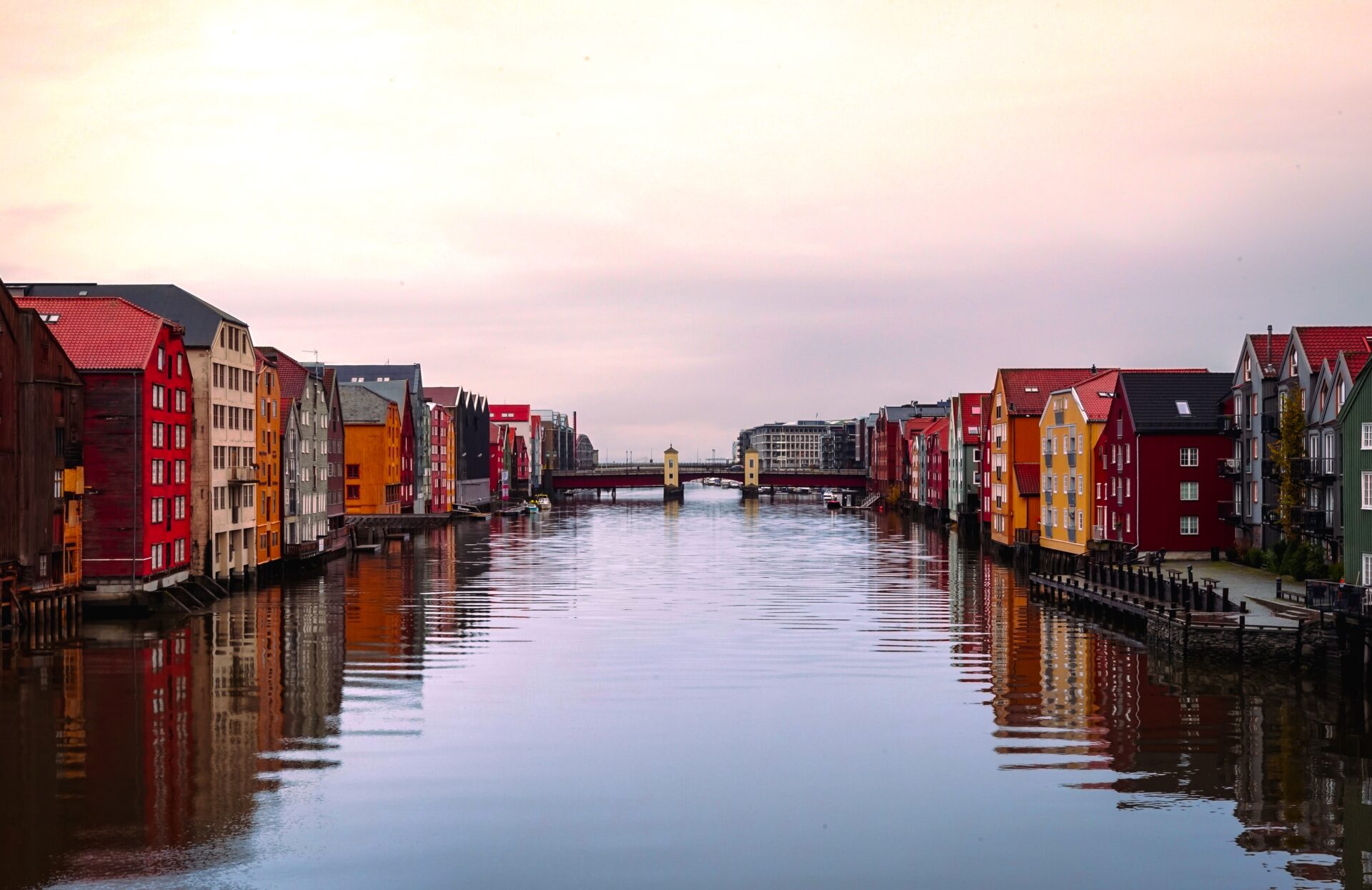
Savanta's Eco Index 2021
With over 6,000 respondents the Eco Index 2021 explores opinions in the UK, US and Canada on climate change and other environmental issues.
During the UN-led COP26, much of the focus was on world leaders’ pledges towards net zero emissions. Will these promises also inspire households to make their own commitments to sustainable living?
Ahead of the conference, climate scientists told ABC News what the public can do to fight climate change, irrespective of government promises. The UN also has an Act Now campaign targeted at individuals willing to put the planet first in their daily decisions.
So how far are people going to stop climate change, according to our latest research?
COP26 coverage dominated the media agenda before, during and after the conference – but how much influence does the news have on people’s decision-making around sustainability?
Surveyed before COP26, respondents revealed the environmentally friendly actions they are already taking at home to do their bit.
In all countries, at least half have recycled, given clothes to charity, installed energy-efficient lightbulbs, chosen paperless bills and used their washing machine more sparingly, also at a lower temperature.
For all of these except paperless bills, in each country, Baby Boomers are significantly more likely to have already started taking action than Gen Z, Millennials and Gen X. As we have explored recently, claims that Baby Boomers care less than others about sustainability are wide of the mark.
However, in the US, four in ten of the general public do not recycle plastic, glass, paper and food – also, more than half don’t use reusable non-plastic bags:
Again, the US lags behind for avoiding unnecessary plastic, as only 34% are used to buying goods loose and not packaged in plastic, compared to 49% in the UK.
The UK also appears much further ahead for energy efficiency. Nearly two thirds have double glazing or something equivalent, compared to under a third in Canada and less than a quarter in the US. The UK public is also much more likely to use smart meters for water and energy:
COP26 coverage dominated the media agenda before, during and after the conference – but how much influence does the news have on people’s decision-making around sustainability?
First and foremost, as shown below, respondents see themselves as their main influencer behind being more environmentally friendly. After that, their friends have the greatest influence – followed by their children, then adult family members including partners:
News articles only have the fifth strongest influence on individuals overall, although in the UK this influence is stronger than that of other adults in the family. In last year’s UK-only survey, 50% of respondents chose ‘myself’ as an influence, compared to 47% this year, so perhaps British influences are now becoming more varied.
However, in each country, Gen Z are significantly more likely than Baby Boomers to cite friends, adult family members, activists, businesses, blogs and social media, teachers, celebrities and movies as influences.
Therefore, perhaps an event like COP26 – involving big companies and influential personalities like Greta Thunberg, Sir David Attenborough and even Leonardo DiCaprio, covered extensively on social channels – could have a strong ‘green’ impact on younger generations in the future.
To learn more about consumer attitudes to sustainability and the impact on their household purchase decisions, click here to download the UK version of our Eco Index 2021 report and here to access the Americas version.





